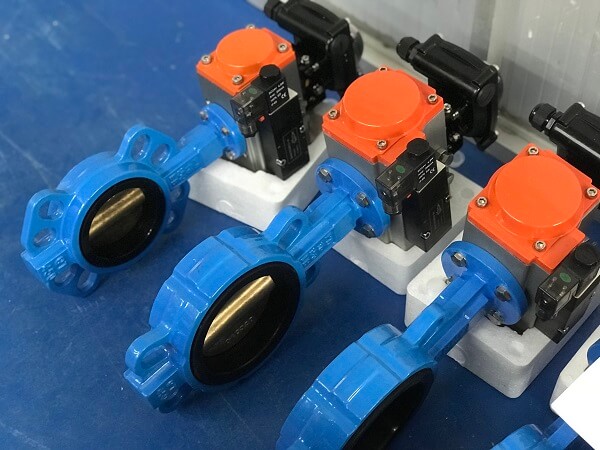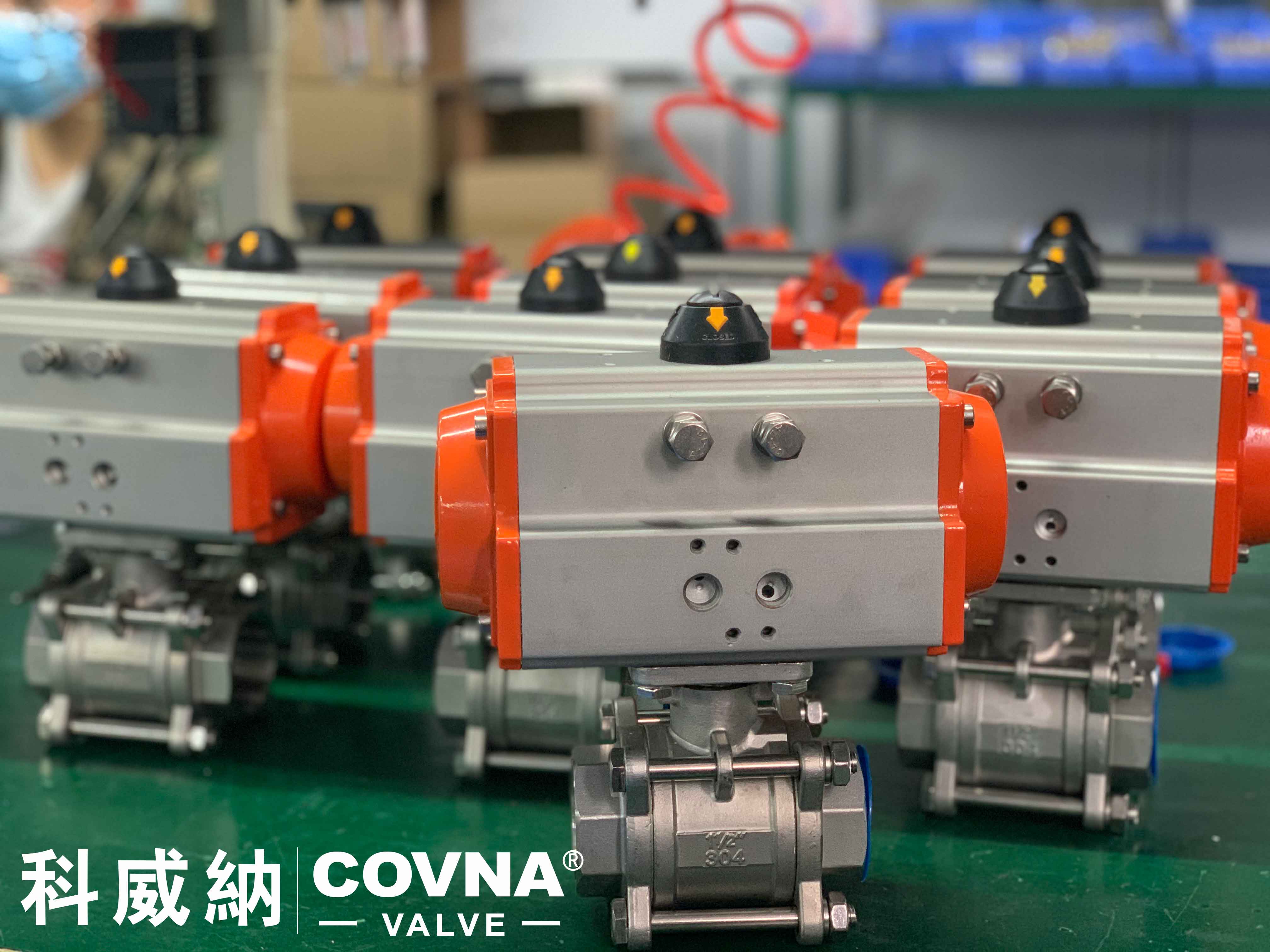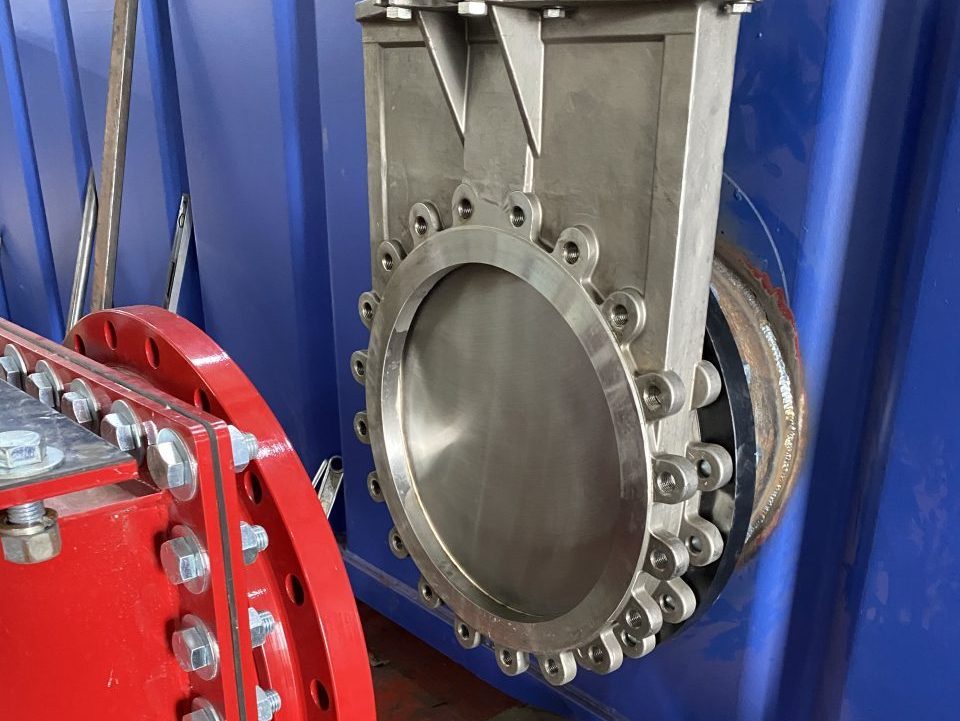Introduction
With the growing demand for sustainable energy, Bioenergy has emerged as a promising form of renewable energy that is widely applied in the field of energy production. Valves play a crucial role in the production and utilization of Bioenergy. This article will introduce the concept of Bioenergy, discuss the role of valves in Bioenergy, explore the different types of valves used in Bioenergy applications, and delve into their selection and maintenance.
Concept and Significance of Bioenergy
Bioenergy refers to the process of converting biomass, such as crop residues, forest waste, agricultural byproducts, and industrial co-products, into usable energy. Compared to traditional fossil fuel combustion, Bioenergy has lower carbon emissions and a smaller environmental impact, making it a sustainable energy option. The utilization of Bioenergy helps reduce dependence on finite fossil fuel resources and mitigates greenhouse gas emissions, contributing to global efforts in combating climate change.
The Role of Valves in Bioenergy
Valves play a critical role in controlling and regulating the flow of fluids throughout the Bioenergy production process. Here are some key applications of valves in different stages
- Biomass Handling: Valves are used to control the flow and transfer of biomass during handling processes. Gate valves and ball valves, for example, regulate the conveyance and storage of biomass, ensuring smooth flow and preventing leaks or blockages.
- Fermentation and Biogas Generation: Valves are employed to control the flow of gas and liquid during fermentation processes. For instance, butterfly valves and control valves enable precise flow rate adjustment and pressure control, ensuring optimal fermentation conditions and efficient biogas generation.
- Biofuel Production: Valves are used to control the conveyance, mixing, and storage of biofuels. Ball valves, butterfly valves, and control valves ensure the safe and reliable supply of biofuels, allowing for precise control of flow rates and preventing leaks.
Common Types of Valves in Bioenergy
A range of valves is used in Bioenergy applications to meet specific operational requirements. Some common types of valves include:
Gate Valves: These valves are used for on/off isolation of fluid flow and are suitable for larger pipe diameters and high flow rates. They provide a tight seal when closed, preventing any leakage.
Pneumatic Butterfly Valves: Employing a rotating disc to control fluid flow, butterfly valves are suitable for applications with high flow rates and low-pressure drops. They provide a quick and efficient flow control solution.

Pneumatic Ball Valves: These valves use a rotating ball to control fluid flow and are suitable for quick on/off operations and flow control applications. They offer excellent sealing properties and are often used in high-pressure systems.

Control Valves: Used for precise control of fluid flow, pressure, and temperature, control valves are selected based on specific process requirements. They provide accurate control over flow rates and help optimize process parameters.
Valve Selection and Maintenance
In Bioenergy applications, selecting the appropriate valve type, material, and design is crucial to ensure optimal performance and longevity. Valves used in Bioenergy processes need to withstand the unique properties of biomass, such as high temperature, high moisture content, and corrosive nature. Materials like stainless steel, ceramics, or special coatings are commonly used to enhance corrosion resistance and durability.
Valve selection should also consider factors such as pressure rating, flow rate, and compatibility with the fluid being handled. It is essential to consult with valve manufacturers and industry experts to ensure the right valve selection for specific Bioenergy applications.
Regular maintenance and inspection of valves are essential to ensure their proper operation and extended service life. This includes routine tasks such as cleaning, lubrication, and seal replacement. Additionally, periodic assessments of valve performance, such as checking for leaks or wear, are vital to prevent unexpected failures and ensure efficient and reliable operation.
Conclusion
Bioenergy is a sustainable form of renewable energy that plays a crucial role in reducing carbon emissions and mitigating climate change. Valves are key components in Bioenergy production, enabling the control and regulation of fluid flow throughout the process. Gate valves, butterfly valves, ball valves, control valves, and check valves are commonly used in various stages of Bioenergy production. Selecting the right valve type, material, and design, as well as regular maintenance and inspection, are essential for optimal valve performance and longevity in Bioenergy applications. By leveraging the power of Bioenergy and utilizing valves effectively, we can contribute to a more sustainable and environmentally-friendly energy future.
Post time: Aug-04-2023






